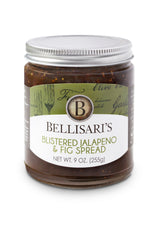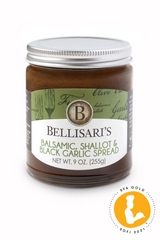
With the 2016 Summer Olympics in Rio De Janeiro, many chefs have begun to create dishes to reflect the Brazilian cuisine on their menus. Because Brazil is such a melting pot of cultures and customs – its cuisine is similarly varied. Fruit is grown well in the tropical and subtropical regions and therefore used extensively, even in savory dishes. Mangos, papayas, guavas and pineapples are all favorites to Brazil and pair well for breakfast, lunch or dinner with any item. For breakfast, Pao de queijo which is crispy on the outside and soft and chewy on the inside, are made with tapioca flour, eggs and grated queijo Minas (cow's milk cheese) and rolled into small balls. These breakfast treats are also shared throughout the day stuffed with a variety of meat fillings.
While appetizers typically refer to starters of a meal for many of us – they mean a completely different thing in the Brazilian food culture. In Brazil they also refer to food commonly available from street vendors. These Street Vendors play a major role in food offerings throughout regions in Brazil and can be found extensively through all communities. One popular street snack is Acaraje which is a deep fried patty of crushed black eyed peas and pureed onion deep fried in palm oil and sliced open and stuffed with dried shrimp, bread, and nuts.
Brazil and Argentina both claim to be the barbecue champion; in Brazil the most popular cut is Picanha which is lightly seasoned and typically grilled over charcoal or wood. Many other main dishes use a very traditional base of rice or beans, or both – since they are readily available throughout all regions of the country. Feijoada which is a hearty stew of black beans, sausages, beef, pork and beans, is widely found throughout Brazil. This traditional dish can take up to 24 hours to prepare and is commonly found in restaurants on Wednesdays and Saturdays to alleviate Brazilians from having to prepare it at home.
There is a variety of fun and tropical cocktails that Brazilians enjoy but one that is most well know and is considered Brazil’s National Cocktail is Caipirinhas. This refreshing drink is typically made with fresh mint, caster sugar, cachaça liquor- which is fermented sugarcane juice, crushed ice and lime but can also be made with any of the fruits of the region, pineapple, mango, etc.
Invite friends over to watch the Olympics and prepare some of Brazil’s most interesting cuisines and cocktails. I will be sharing Bellisari’s version of Brazilian Shrimp Stew for #TreatYourTastebudsThursday which will pair perfectly with a Caipirinhas cocktail! Stay tuned!






